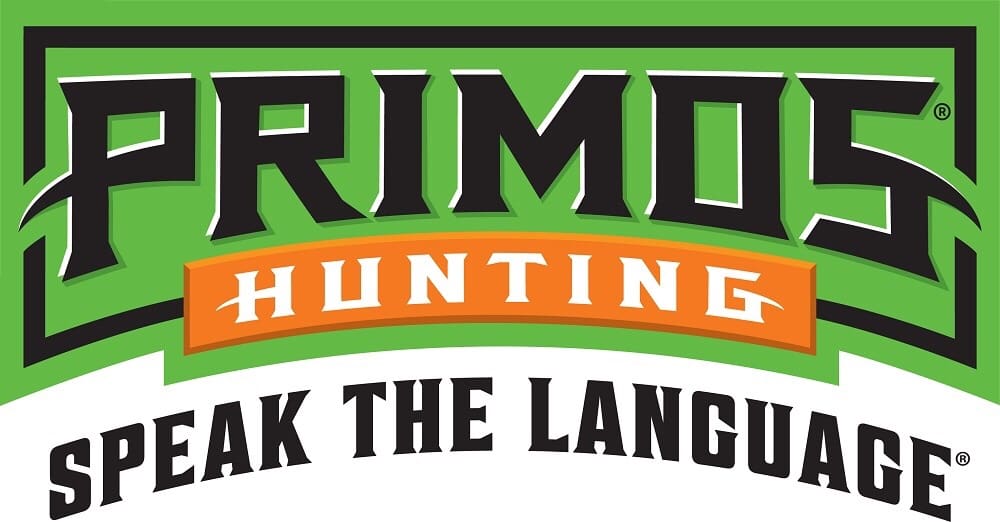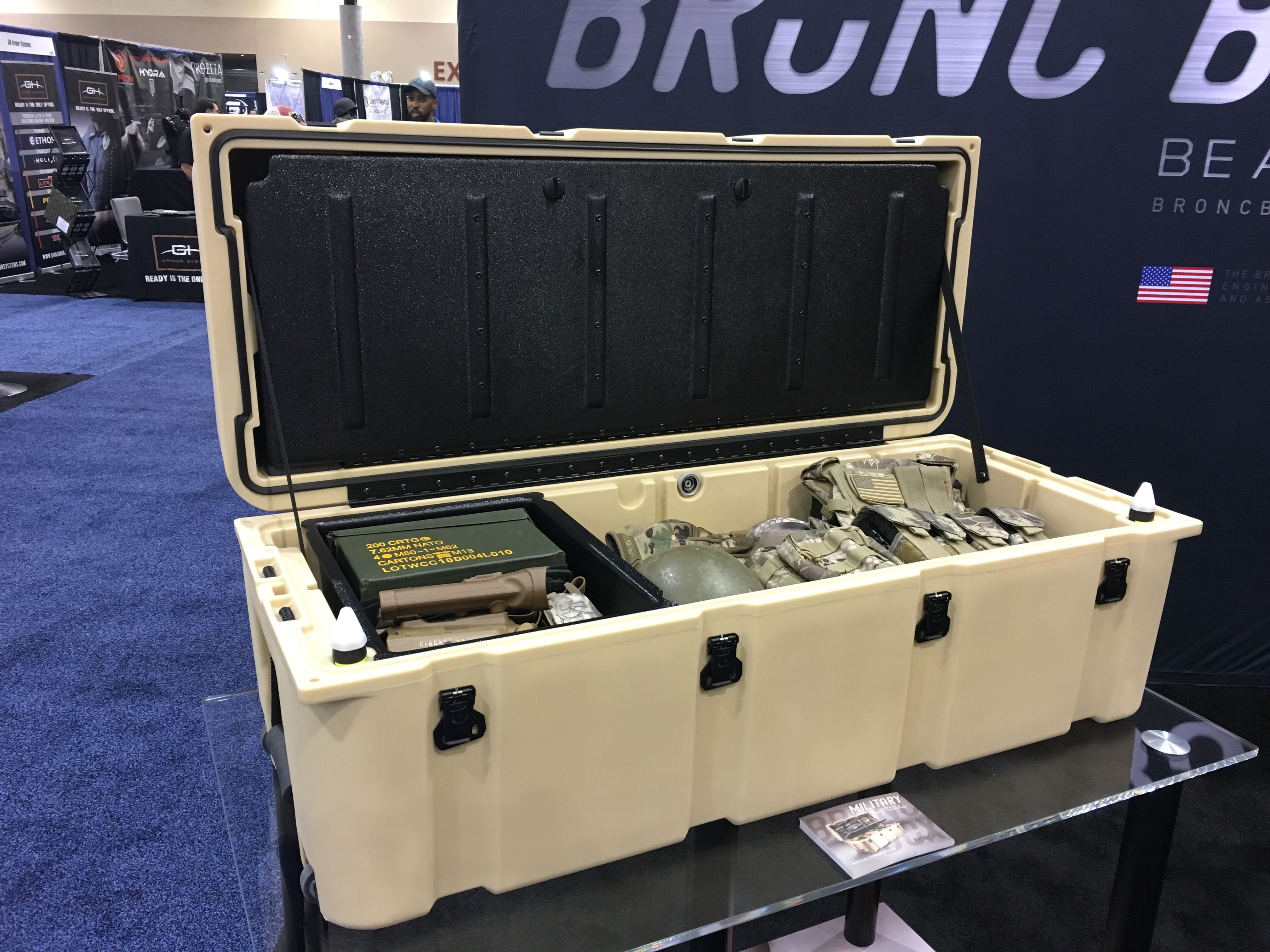Weighing less than an ounce yeah, you read that right), the new Titanium Mini Fork is 4.5 inches long.
It will also fit in their Ti-Mini Solo cooking set.
snowpeak.com/products/titanium-mini-fork
Weighing less than an ounce yeah, you read that right), the new Titanium Mini Fork is 4.5 inches long.
It will also fit in their Ti-Mini Solo cooking set.
snowpeak.com/products/titanium-mini-fork
Partnership Precedes CamelBak’s Entrance into Hunt Market

FLORA, Mississippi – January 19, 2018 – Primos Hunting, a leading innovator of game calls and hunting accessories, announces CamelBak as an official partner for Primos’ award-winning “TRUTH About Hunting” television show. Upcoming episodes will feature CamelBak’s forthcoming hunting gear in the field as Will Primos, Jimmy Primos and Brad Farris chase turkeys, elk, deer, waterfowl and predators from hunting camps in Mississippi, Louisiana and Arkansas, to points all over North America.
“Team Primos is thrilled to be working hand-in-hand with CamelBak, who has a heritage of building high quality products,” Will Primos said. “Primos has worked closely with CamelBak to bring this legacy of hydration into great products built specifically for hunters.”
CamelBak, the originator of the hands-free hydration pack and the gold standard in reservoir technology, has designed a new line of hunting packs and drinkware specifically for hunters. CamelBak’s new hunt line will be shown for the first time at the 2018 at SHOT Show in Las Vegas beginning January 23. Attendees of the 2018 SHOT Show in Las Vegas can see the new hunt line at the CamelBak Booth #14551.
Primos TRUTH About Hunting returns for its 18th season as an Outdoor Channel fan favorite. The show airs Sunday at 9:30 p.m. EST on the Outdoor Channel.
Primos, a Vista Outdoor brand, is one of the most recognizable and trusted names in hunting calls, attractants, trail cameras and accessories. For more information, visit www.primos.com.
Billed as the “swiss army knife of stoves”, the electric Morphcooker was developed after the inventor’s father was burned by a faulty gas stove.
Featuring an internal, rechargeable battery, Morphcooker is made from silicone sides and stainless steel frame.
www.kickstarter.com/projects/1103525718/morphcooker-the-all-in-one-electric-camp-stove
Aspen Water, Inc. is a long-standing company in the business of water purification technology, having provided portable water purification systems to the US military and various disaster relief organizations for almost 20 years. Most recently, Aspen Water supplied all the systems and bladders to two major camps in Puerto Rico, in support of the post-hurricane relief efforts. They also had a system set up in Houston after the massive flooding earlier this year.
Here’s a video of a North Carolina-based Baptist relief organization demonstrating the Aspen 3300M water filtration system for use in their relief efforts in Puerto Rico.
The 3300M is a fully-enclosed fresh water purification system, capable of processing up to 3300 gallons of water per day, up to 150 gallons per hour. It utilizes a multi-stage filtration system which, step-by-step:
1) Removes large debris
2) Small debris and harmfull organisms down to 1 micron in size
3) Man made pollutants and other contamination via a media canister
4) Disinfection via UV lamp
5) Post-filtration which removes tannins
The entire unit operates on single phase 90 to 260 volts AC at 50 or 60 hertz as well as 10 to 30 volts DC, from virtually any power source, with a maximum power consumption of less than 200 watts. An on-board battery, fully charged, lasts 2-3 hours.
Darley Defense showed me their Safe Water Box. The water is vacuum filled in a flexible bag, creating a barrier to oxygen and aroma, and placed in an outer board box protecting from light and air during the entire storage period, thus avoiding risk of bacterial contamination. This one-way packaging is compliant with hygienic requirements and makes packaged water affordable in a sustainable format. The bag and box are completely recyclable. Additionally, there is a tamper evident strip for food security.
The 82nd Airborne is using this during water resupply efforts during their training exercises at Fort Bragg and Fort Polk. Interstingly, they claim this is is cheaper and more effective to distribute to deployed forces than using the reusable 5 gallon jerry cans. For example, it can be configured as a CDs bundle. The cost to the 82nd Airborne is 50% cheaper than their previous water solution.
The Red Cross and FEMA are deploying this technology to hurricane stricken areas. They have 26 pallets of water going Puerto Rico this week. The Red Cross likes this bag in box packaging because one box can be given to a family and it can be easily utilized for drinking, cooking, hygiene. This is also significant because the long-term environmental footprint is substantially less compared to bottled water.
www.darley.com/pump-guide/product-water-purification/bag-in-box-water
Bronc Box started in the hunting market as a modern field chest but it didn’t take long for military and LE customers to adopt this rolling gear storage and transportation system.

Bronc Box features a doubled-walled, foam-filled roto-molded shell, offering over a 12,000 cubic inches of storage. At 55lbs, it’s not light, but then again, it’s not going to fall apart on you.
It is wheeled and incorporates corner lock/tie down points as well as four latches on the lid. Inside the lid is weapon storage and the main body includes trays to organize your gear. For those of you who need it, it can be fitted with an air release valve for air travel. Offered in a variety of colors.
Outer Dimensions
Height 20.67” Width 20” Length 48”
Inner Dimensions
Height 16.67” Width 16” Length 42”
BioLite has a very successful history of using Kickstarter to launch products. Their latest effort is the FirePit. It’s a smokeless wood-burning device that cooks your meals and gives you a front-row seat to everything going on inside your fire.
There are 51 airjets which inject the fire with oxygen along key locations thanks to the fan located inside the USB-rechargeable orange power pack. This promotes uniform temperature and gas mixing to burn the wood as effeciently as possible in order to reduce smoke.
#1: Get an efficient burn with way less smoke than a conventional fire pit
#2: Enjoy the feeling of a 360-degree floating fire with the FirePit’s X-Ray Mesh
#3: Burn charcoal or wood embers for a hibachi-style grilling experience
Bonus: Kickstarter backers receive a free Solar Carry Cover ($60 value).
www.kickstarter.com/projects/biolite/biolite-firepit-see-fire-not-smoke
Visitors to the world’s leading Defence and Security Trade event, DSEI, (12-15 Sep 2017, ExCel, London) will be able to see for themselves a new fuel made from sugar beet which British soldiers are now using to heat their combat rations and warm their drinks.
163 year old Cardiff-based survival equipment manufacturers, BCB International Ltd, have developed the world’s first solid bio-ethanol fuel called ‘FireDragon’. Following extensive laboratory and field trials, the UK’s Ministry of Defence (MoD) decided to replace traditional hexamine fuel tablets with the novel ‘FireDragon’ fuel which is made in Great Britain.
BCB International’s Managing Director, Andrew Howell, said: “Warm food raises a soldier’s morale, energy and concentration levels. Unfortunately, for far too long soldiers were also unknowingly inhaling toxic fumes each time they used hexamine fuel tablets to cook their food in the field.
“FireDragon is a safer and cleaner alternative. The FireDragon fuel boasts many features. It is made from sustainable natural ingredients, it is non-toxic, burns cleanly, can be ignited even when wet and if necessary can be used as a hand cleanser.”
Many Armies worldwide are still issuing their soldiers with hexamine fuel tablets. But as Andrew Howell explained, the British Army’s decision to make the switch to ‘FireDragon’ has encouraged other Armies to rethink their military rations heating fuel: “There is a growing body of evidence about the health risks associated with hexamine based fire-lighting fuels. This combined with the UK MoD’s decision to use a superior alternative, has led to those in charge of combat feeding programmes in other armies to reconsider hexamine’s suitability as a fuel for the future.
“We are currently in discussions with several armies that are interested in integrating ‘FireDragon’ into their operational ration packs.”
The fuel is supplied with a small lightweight cooker which can be packed with three ‘FireDragon’ fuel blocks.
BCB International will exhibit the ‘FireDragon’ fuel on its stand (N5-200).